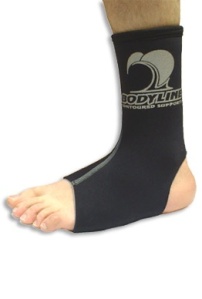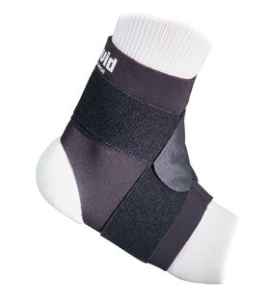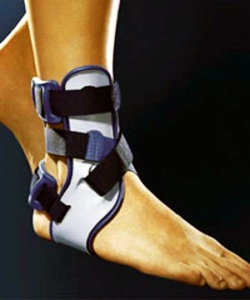
torn ankle ligament
As a doctor who has treated sprained ankles and had a severe sprained ankle myself, here are my sprained ankle discharge instructions for my patients:
1. Stay away from anti-inflammatories if you can help it! These medications, otherwise known as NSAID’s block inflammation which can make things feel better, but inflammation is the basis of all healing, so blocking it is ill advised. Use Tylenol if need a pain reliever.
2. To control the swelling you can use ice and elevation. Elevation means bringing the ankle above your chest/heart. Icing means that you keep an ice bag on the ankle until the skin goes numb and then you remove it. Again, the swelling is there is bring healing cells, growth factors, and new blood supply, so control it when it gets uncomfortable, but realize that it is serving a purpose.
3. Immobilization as tolerated. This means stay off of it when it hurts, but animal studies of ligament and joint healing usually show that staying completely off the area for extended periods will reduce the quality of the repair your body is able to muster.
4. A sprained ankle takes only 4-12 weeks to completely heal. if you still have pain, swelling, popping, clicking or other signs of an injury that is too big for your body to heal, consider getting an MRI or other type of imaging. If the ligaments are completely torn in half, you will likely need surgery. If they are stretched or partially torn, consider an injection based procedure to enhance healing. In my clinical experience, prolotherapy can usually help. Other options include surgery (I wouldn’t recommend this for a partial tear), or having the doctor inject your own stem cells into the ankle ligaments to heal the tear. Below are videos on the newer stem cell procedures:



